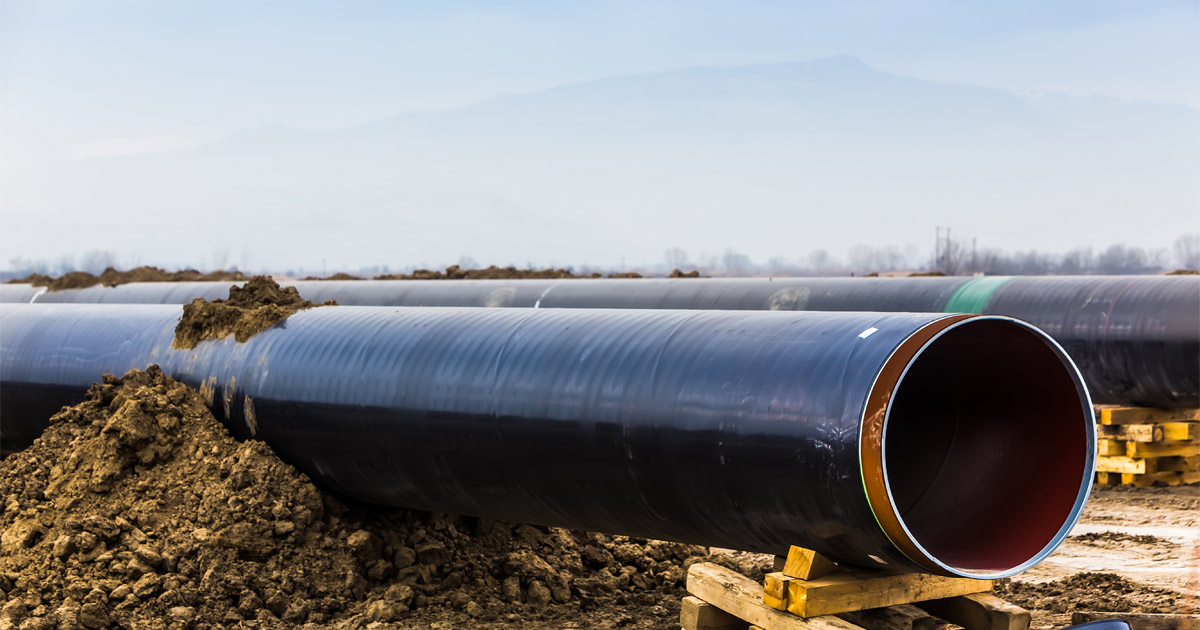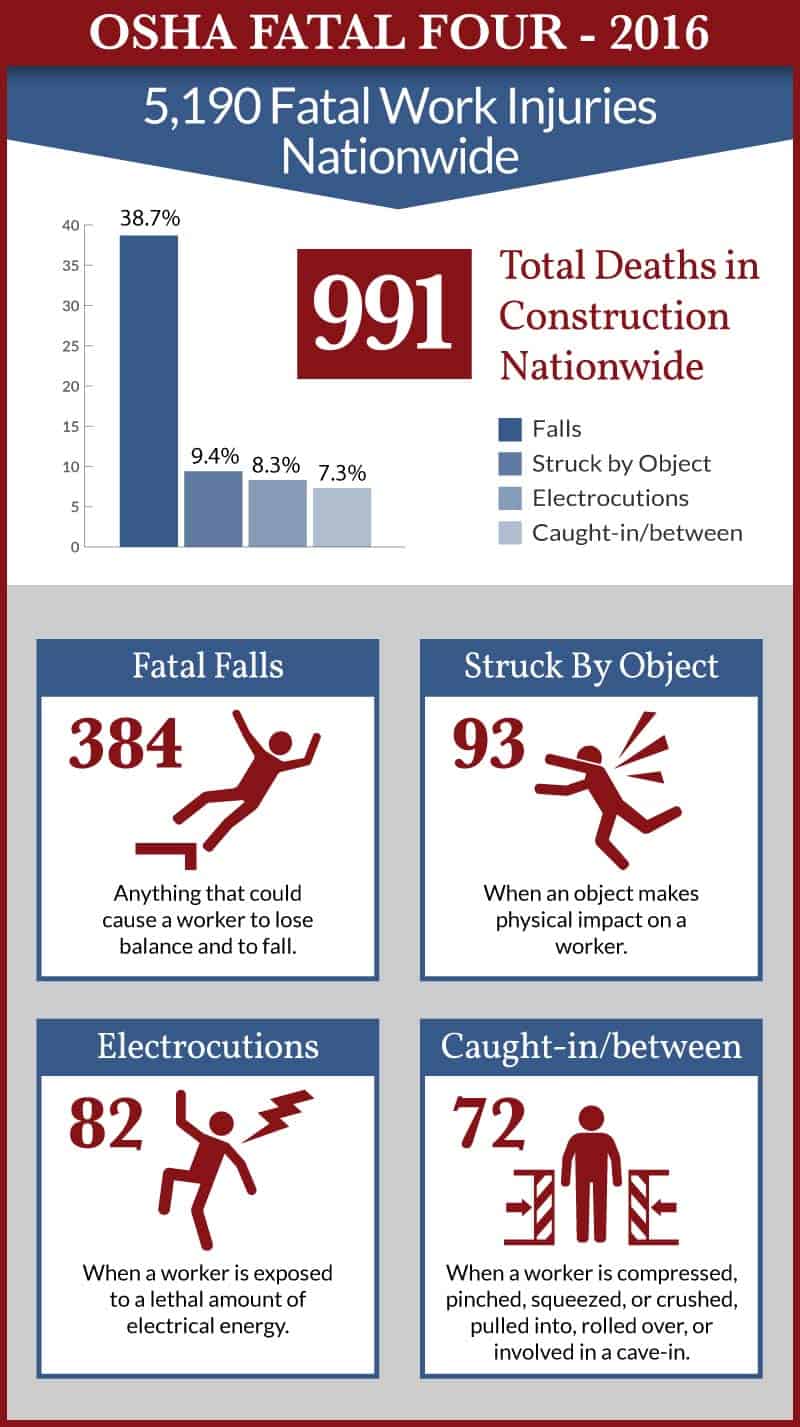Raising Safety Standards in the Pipeline Industry

With over 2.7 million workers and over 2.5 million miles of pipelines in the U.S. alone, the pipeline industry has seen incomparable growth in the last decade. Pipeline workers face many risks on the job, including potential exposure to hazardous materials, such as crude oil, refined petroleum products, and natural gas. Leaders are responsible for raising safety standards in the pipeline industry and creating a culture of safety that protects workers from injuries and fatalities.
Pipeline Safety is a Shared Responsibility
According to the Pipeline and Hazardous Materials Safety Administration (PHMSA), pipeline safety is a shared responsibility amongst:
- Workers
- Emergency officials
- Local officials
- Federal agencies
- State regulators
- Pipeline safety advocates
- Property developers/owners
- Excavators
- General public
Pipeline failures can lead to serious or fatal injuries, and workers are also at risk due to heavy equipment and loads, confined spaces, and lack of training. The Office of Pipeline Safety (OPS) is responsible for ensuring the safe operation of the pipeline transportation system and it seeks to promote pipeline safety through education, safety awareness, and outreach. It ensures that transportation pipelines are safely designed, constructed, operated, and maintained, while its Office of Hazardous Materials Safety implements standards and regulations for the classifying, handling, and packaging of hazardous materials.
How to Raise Safety Standards for Workers in the Pipeline Industry
Leaders are in a unique position to assist the OPS in promoting safety in the workplace. By fostering a culture of safety, employers can help reduce the number of work-related injuries and fatalities. The following are some ways leaders in the pipeline industry can raise the standard for worker safety, according to industry experts:
Safety Training
Workers should be thoroughly educated about the hazards associated with the job, as well as how to handle emergencies. Regardless of how much prior experience a worker has, they must be trained as part of the onboarding process. It may be prudent to assign a mentor to supervise those with less than six months of experience for the first few weeks.
Management Participation
Setting a good example is an important part of creating a culture of safety. Managers should encourage workers to prioritize safety by emphasizing its importance in company meetings and meeting with executives individually to discuss safety in the workplace.
Industry Regulation Compliance
Complying with industry regulations is necessary to maintain a safe worksite. Leaders should strive to meet or exceed the standards set by PHMSA and prioritize protecting workers by providing them with functional, well-maintained tools and appropriate proper personal protective equipment (PPE), installing safety signage and markers indicating hazards, keeping fire sources away from flammable gases, and following applicable confined space work procedures.
Performance Measurement
Managers should monitor their safety performance and document any incidents to identify areas for improvement. By prioritizing safe practices over productivity, management teams can keep safety standards elevated and motivate workers to do the same.
Bucks County Work Injury Lawyers at Freedman & Lorry, P.C. Represent Injured Pipeline Workers
If you were injured in a pipeline accident, contact a Bucks County work injury lawyer at Freedman & Lorry, P.C. Our firm has experience representing injured workers and our attorneys are dedicating to helping them collect the Workers’ Compensation benefits they deserve. Call us at 888-999-1962 or contact us online for a free consultation. Located in Cherry Hill, New Jersey, Pinehurst, North Carolina, and Philadelphia, we serve clients throughout Pennsylvania.
